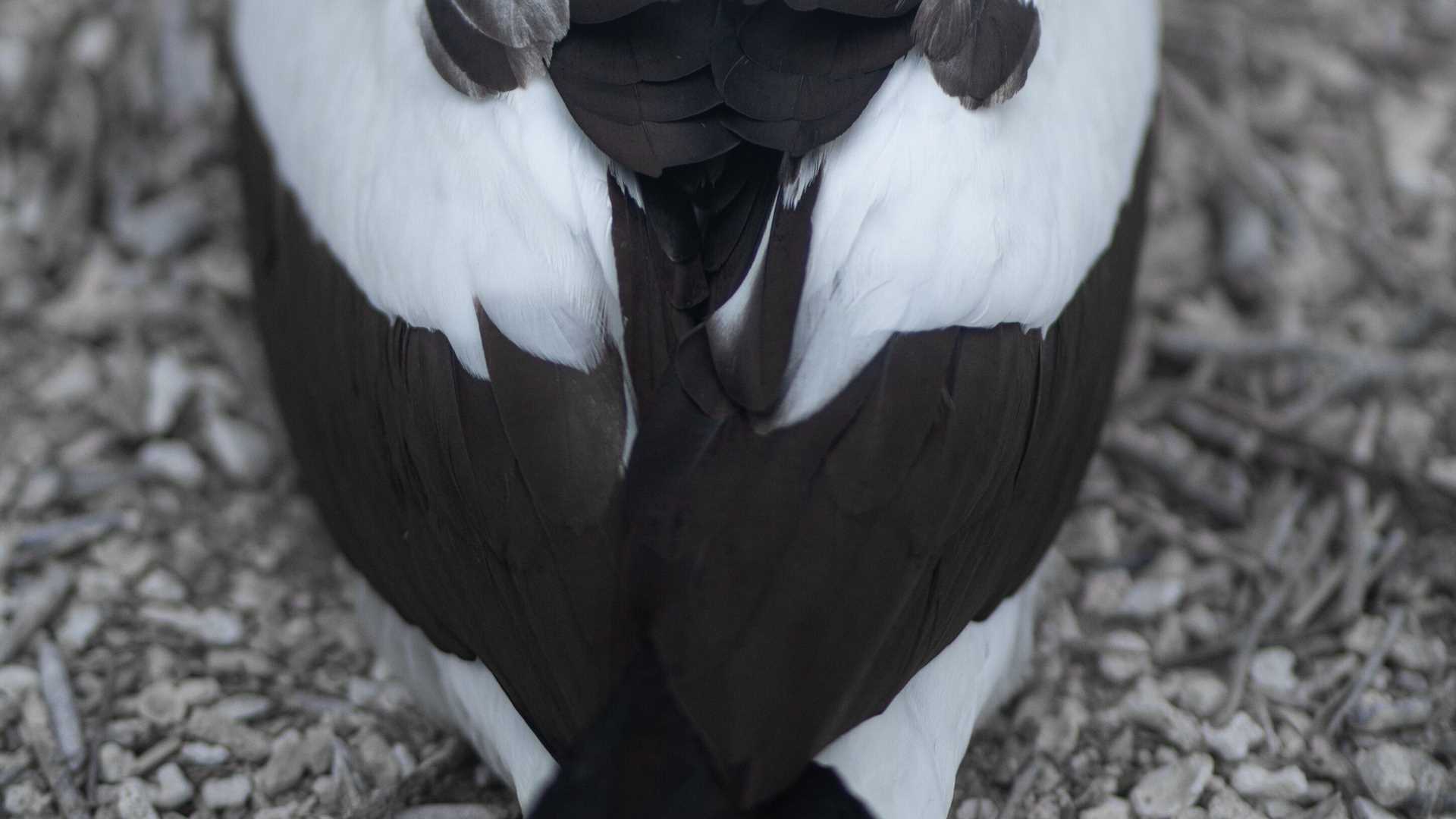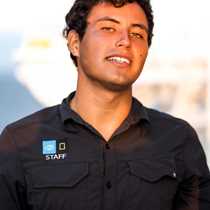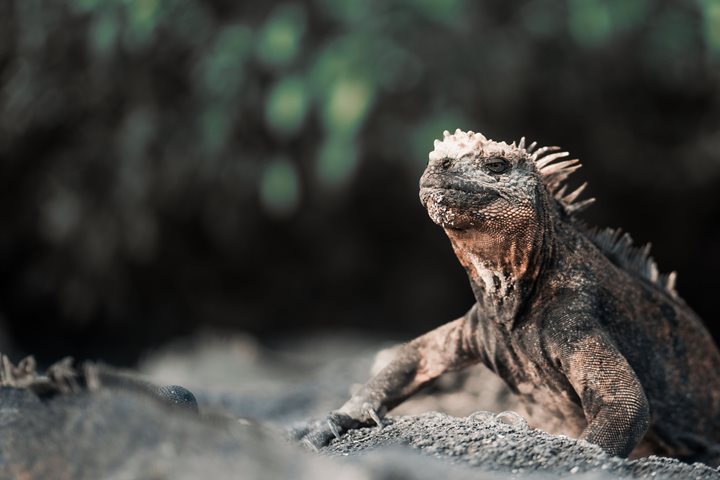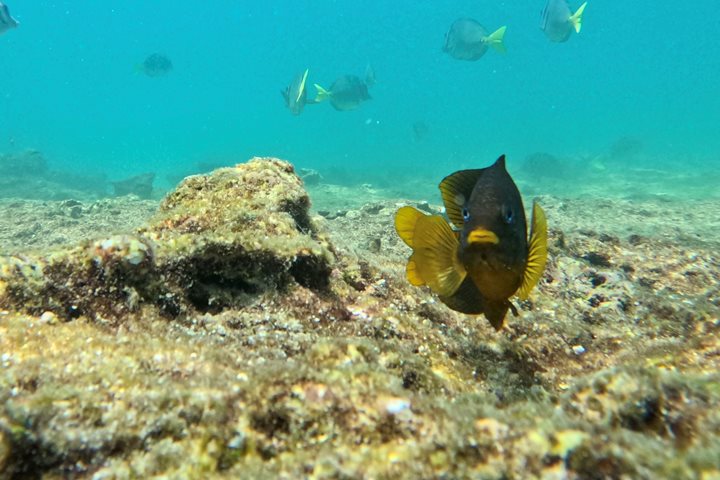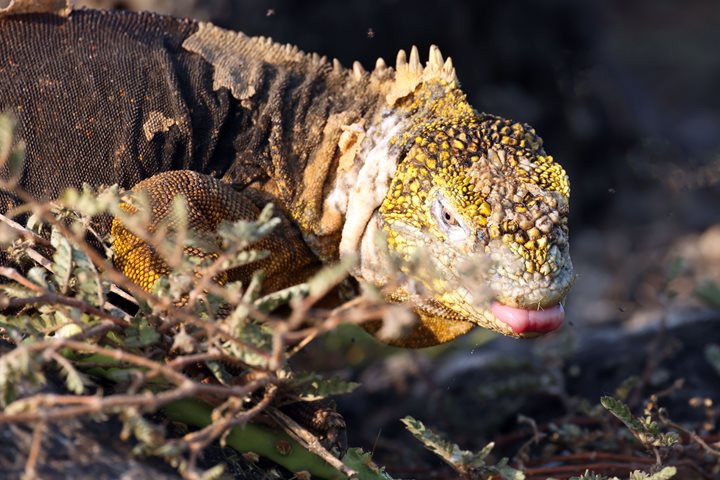Our morning started with a very relaxing stroll at Darwin’s Bay on the side of Genovesa. A very relaxing snorkel at the cove followed. In the afternoon, we capped off our beautiful week on board National Geographic Islander II with a visit to Prince Philip’s Steps. We relaxed a little bit with a smooth hike as we checked on waders and sea lions.
- Daily Expedition Reports
- 27 Aug 2022
Genovesa, 8/27/2022, National Geographic Islander II
- Aboard the National Geographic Islander II
- Galápagos
Bernardo Jacome, Naturalist/Certified Photo Instructor
Bernardo, known by his friends and family as Bernie, was born In the Andean city of Quito, located in the highlands of Ecuador. His grandfather, however, moved to the Galapagos Islands in the mid-70s, and worked as one of the first Naturalist Guides,...
Read MoreShare Report
Peru and Galápagos Escape
VIEW ITINERARYRelated Reports
4/19/2024
Read
National Geographic Islander II
Sombrero Chino and Sullivan Bay, Santiago Island
Today we explored Sombrero Chino and Sullivan Bay, Santiago Island which are remarkably beautiful sites because of their impressive wildlife and landscapes. During the morning, we kayaked and snorkeled at Sombrero Chino Islet. In the afternoon, we moved to Sullivan Bay, where our guests had the chance to go for a Zodiac ride and a hike.
4/18/2024
Read
National Geographic Islander II
South Plaza and Santa Fe Islands
We are ready to set out early to explore the small and picturesque island of South Plaza. Here we find the endemic Galapagos land iguana, their reptilian features and colors stand out against the lava rocks and cactus forest. Swallow-tailed gulls nest right on and alongside the trail. Sea lions play in the water or rest under the bushes. On Santa Fe Island, we continue our excursions, this time with aquatic activities such as kayaking and snorkeling in the shallow turquoise waters of Santa Fe Bay. Sea lions, turtles, large schools of various fish, and rays are found. Later we explored by land to see the island’s land iguanas, finches, doves, and mockingbirds.

